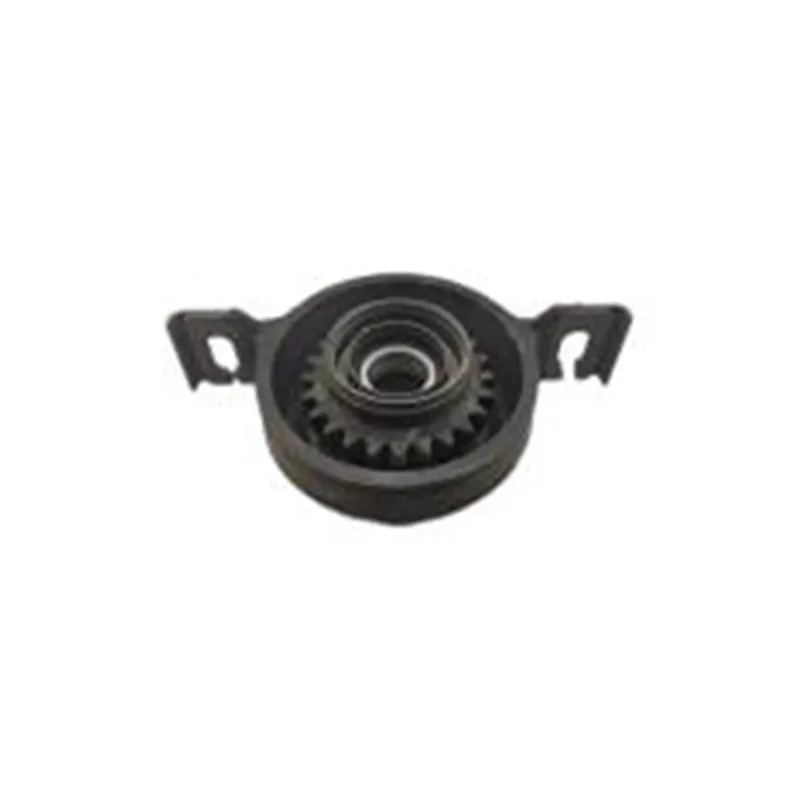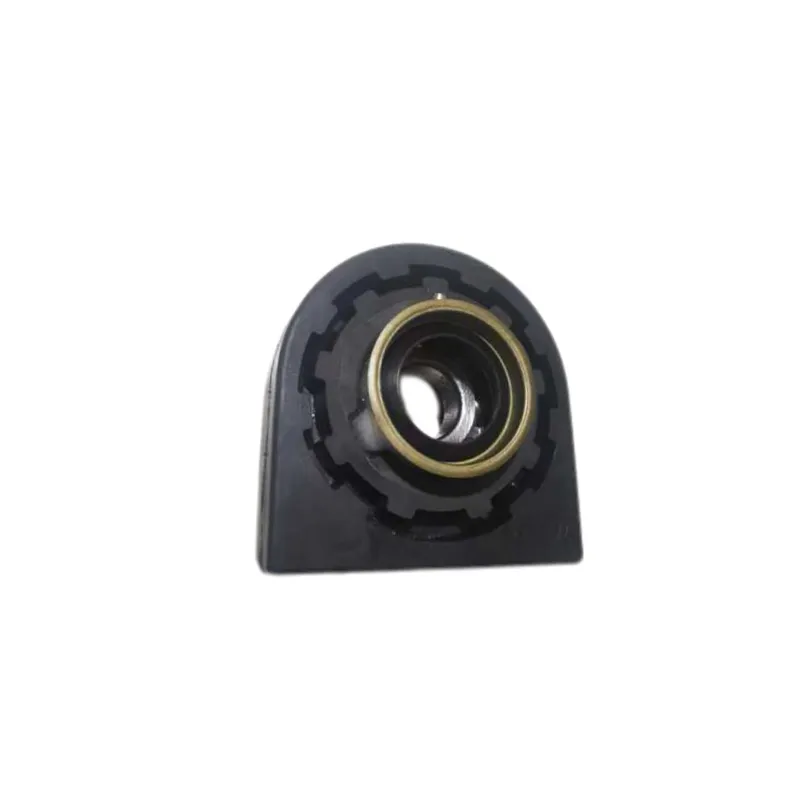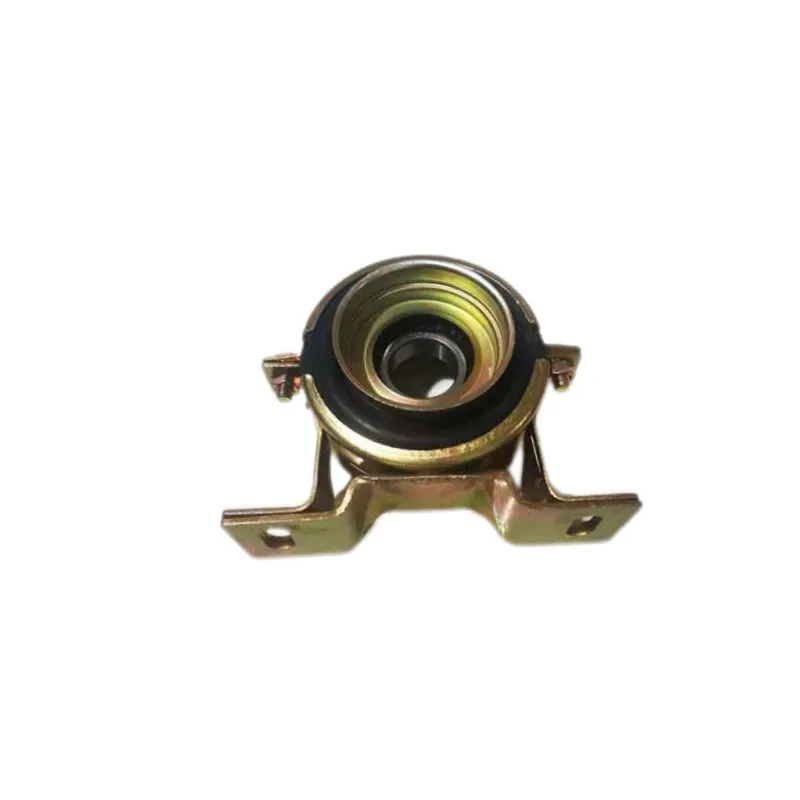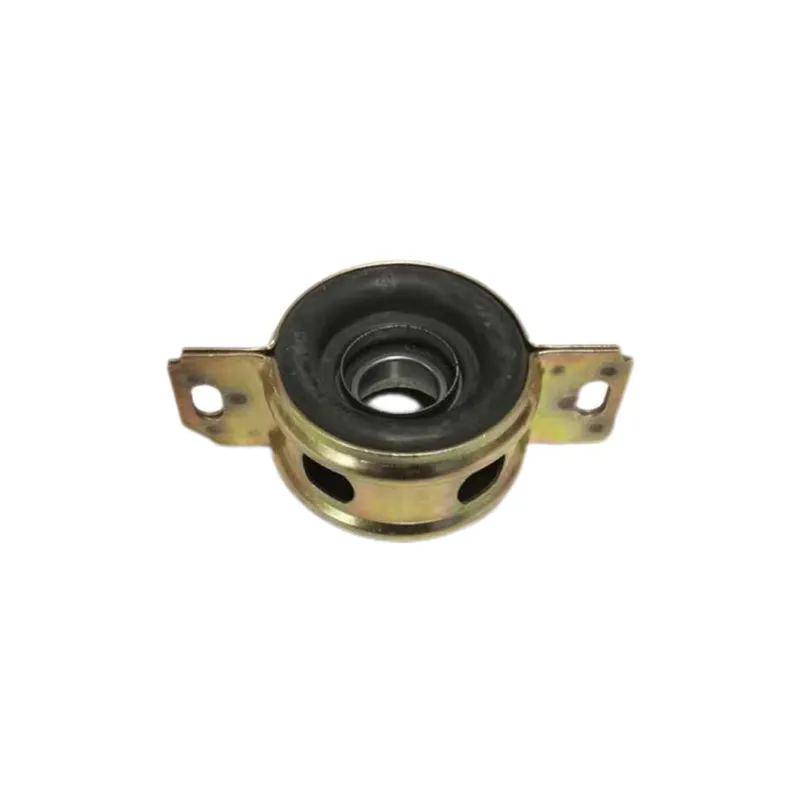
-
 Afrikaans
Afrikaans -
 Albanian
Albanian -
 Amharic
Amharic -
 Arabic
Arabic -
 Armenian
Armenian -
 Azerbaijani
Azerbaijani -
 Basque
Basque -
 Belarusian
Belarusian -
 Bengali
Bengali -
 Bosnian
Bosnian -
 Bulgarian
Bulgarian -
 Catalan
Catalan -
 Cebuano
Cebuano -
 Corsican
Corsican -
 Croatian
Croatian -
 Czech
Czech -
 Danish
Danish -
 Dutch
Dutch -
 English
English -
 Esperanto
Esperanto -
 Estonian
Estonian -
 Finnish
Finnish -
 French
French -
 Frisian
Frisian -
 Galician
Galician -
 Georgian
Georgian -
 German
German -
 Greek
Greek -
 Gujarati
Gujarati -
 Haitian Creole
Haitian Creole -
 hausa
hausa -
 hawaiian
hawaiian -
 Hebrew
Hebrew -
 Hindi
Hindi -
 Miao
Miao -
 Hungarian
Hungarian -
 Icelandic
Icelandic -
 igbo
igbo -
 Indonesian
Indonesian -
 irish
irish -
 Italian
Italian -
 Japanese
Japanese -
 Javanese
Javanese -
 Kannada
Kannada -
 kazakh
kazakh -
 Khmer
Khmer -
 Rwandese
Rwandese -
 Korean
Korean -
 Kurdish
Kurdish -
 Kyrgyz
Kyrgyz -
 Lao
Lao -
 Latin
Latin -
 Latvian
Latvian -
 Lithuanian
Lithuanian -
 Luxembourgish
Luxembourgish -
 Macedonian
Macedonian -
 Malgashi
Malgashi -
 Malay
Malay -
 Malayalam
Malayalam -
 Maltese
Maltese -
 Maori
Maori -
 Marathi
Marathi -
 Mongolian
Mongolian -
 Myanmar
Myanmar -
 Nepali
Nepali -
 Norwegian
Norwegian -
 Norwegian
Norwegian -
 Occitan
Occitan -
 Pashto
Pashto -
 Persian
Persian -
 Polish
Polish -
 Portuguese
Portuguese -
 Punjabi
Punjabi -
 Romanian
Romanian -
 Russian
Russian -
 Samoan
Samoan -
 Scottish Gaelic
Scottish Gaelic -
 Serbian
Serbian -
 Sesotho
Sesotho -
 Shona
Shona -
 Sindhi
Sindhi -
 Sinhala
Sinhala -
 Slovak
Slovak -
 Slovenian
Slovenian -
 Somali
Somali -
 Spanish
Spanish -
 Sundanese
Sundanese -
 Swahili
Swahili -
 Swedish
Swedish -
 Tagalog
Tagalog -
 Tajik
Tajik -
 Tamil
Tamil -
 Tatar
Tatar -
 Telugu
Telugu -
 Thai
Thai -
 Turkish
Turkish -
 Turkmen
Turkmen -
 Ukrainian
Ukrainian -
 Urdu
Urdu -
 Uighur
Uighur -
 Uzbek
Uzbek -
 Vietnamese
Vietnamese -
 Welsh
Welsh -
 Bantu
Bantu -
 Yiddish
Yiddish -
 Yoruba
Yoruba -
 Zulu
Zulu
OEM Drive Shaft Bracket 37230-36080 | OEM Quality & Vibration Reduction
Introduction to the Drive Shaft Bracket 37230-36080
In high-performance automotive and heavy-duty industrial applications, the integrity and stability of the power transmission system are paramount for operational efficiency and safety. A critical, yet often overlooked, component ensuring this stability is the drive shaft center support bracket. This precisely engineered part houses and protects the center support bearing, playing a vital role in mitigating driveline vibration, maintaining precise shaft alignment, and ensuring the efficient transfer of torque from the transmission to the differential. We present an in-depth analysis of the Drive Shaft Bracket 37230-36080, a component specifically engineered to meet stringent performance requirements. This discourse is tailored for B2B decision-makers, procurement specialists, and engineering professionals seeking to understand its technical nuances, manufacturing excellence, and strategic importance in demanding operational environments.
Industry Trends Shaping Drive Shaft Bracket Technology
The global automotive and industrial sectors are undergoing rapid transformation, driven by evolving regulatory frameworks, technological advancements, and increasing demands for performance and sustainability. These trends profoundly influence the design, material selection, and manufacturing processes of components such as the Drive Shaft Bracket 37230-36080:
- Lightweighting Initiatives: With stringent fuel economy standards and the push for reduced emissions, there's an industry-wide imperative to minimize vehicle and equipment mass. This drives the adoption of advanced, high-strength lightweight materials such as aluminum alloys, magnesium alloys, and even composites for bracket fabrication. The goal is to reduce inertia and improve overall efficiency without compromising structural integrity or NVH characteristics.
- Noise, Vibration, and Harshness (NVH) Reduction: Customer expectations for quieter and smoother operation continue to rise in both passenger vehicles and industrial machinery. Drive shaft brackets are increasingly designed with sophisticated vibration damping properties. This includes optimized geometric designs, the integration of advanced elastomeric insulators, and precise material selection to absorb and isolate driveline vibrations, thereby enhancing cabin comfort and operational longevity of adjacent components.
- Electrification and Hybridization: The accelerating transition towards electric vehicles (EVs) and hybrid electric vehicles (HEVs) presents new challenges and opportunities. While some EV architectures may simplify traditional drivelines, many still require robust power transmission components. Brackets in these applications must be capable of handling different torque profiles, operating in unique thermal environments, and accommodating dynamic shifts in power delivery inherent to electric powertrains.
- Enhanced Durability and Extended Service Life: In commercial vehicles, off-highway equipment, and heavy industrial machinery, reducing downtime and maintenance costs is paramount. This necessitates components like the Drive Shaft Bracket 37230-36080 capable of enduring extreme temperatures, corrosive elements, and high dynamic loads over extended operational periods. Innovations in surface treatments, corrosion-resistant coatings, and high-fatigue-strength materials are key.
- Integration of Smart Technologies: Future trends may see drive shaft brackets incorporating sensors for real-time condition monitoring, allowing for predictive maintenance. This would enable operators to anticipate failures, schedule maintenance proactively, and significantly optimize asset utilization and operational uptime.
These evolving industry dynamics underscore the critical need for continuous innovation in component design and manufacturing to meet the escalating demands of modern power transmission systems.
Technical Specifications of Drive Shaft Bracket 37230-36080
The Drive Shaft Bracket 37230-36080 is engineered to precise specifications, ensuring optimal fit, function, and durability within its intended applications. Understanding these parameters is crucial for ensuring compatibility and performance in critical driveline assemblies. Below is a comprehensive overview of its key technical attributes:
| Parameter | Specification | Unit/Description |
|---|---|---|
| Part Number | 37230-36080 | OEM Cross-Reference |
| Material (Bracket Housing) | High-Strength Steel Alloy (e.g., S355JR or equivalent) | Selected for durability and fatigue resistance |
| Material (Insulator) | Natural Rubber (NR) / EPDM Blend | Optimized for vibration damping and environmental resistance |
| Inner Diameter (Bearing Fit) | Ø 30-35 mm (Nominal) | Designed for precise bearing seating |
| Mounting Hole Centers (CTC) | Specific OEM dimensions (e.g., 200 mm) | Ensures direct bolt-on compatibility |
| Corrosion Protection | Electro-coating (E-Coat) / Powder Coating | Resistant to salt spray and road chemicals (e.g., 500+ hrs ASTM B117) |
| Operating Temperature Range | -40°C to +100°C | Maintains performance in diverse climates |
| Dynamic Load Capacity | Engineered to OEM standards | Withstands rotational and axial forces |
| Compliance Standards | ISO 9001, IATF 16949 (manufacturing) | Ensures quality management systems |
The meticulous selection of materials and precise manufacturing tolerances ensures that the Drive Shaft Bracket 37230-36080 delivers superior performance, contributing significantly to the overall stability and longevity of the driveline system.
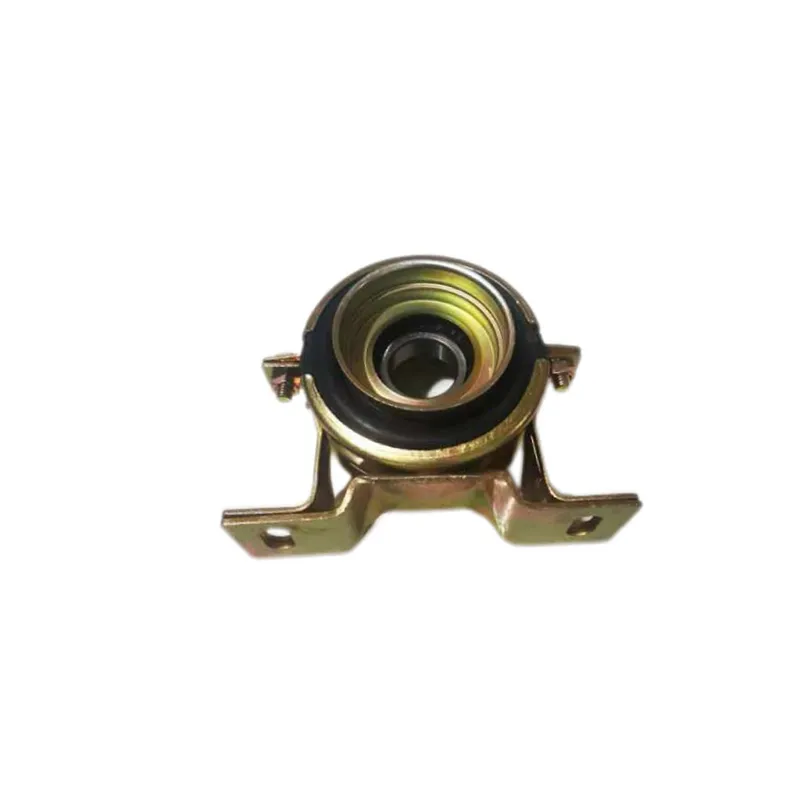
Image: Precision-engineered Drive Shaft Bracket 37230-36080, showcasing robust construction and integrated vibration damping.
Advanced Manufacturing Process Flow
The production of the Drive Shaft Bracket 37230-36080 adheres to a rigorous manufacturing process, integrating advanced engineering techniques and stringent quality control at every stage. This ensures the final product meets the highest standards for structural integrity, dimensional accuracy, and performance in critical applications.
- Material Selection and Preparation: High-grade steel alloys (e.g., S355JR for robust housing, or specific aluminum grades for lightweight solutions) are sourced from certified suppliers. Materials undergo chemical composition analysis and mechanical testing to verify compliance with ASTM or equivalent international standards. Stock is cut to precise dimensions for subsequent forming processes.
- Forming (Stamping/Forging):
- Stamping: For certain designs, steel blanks are precisely stamped using high-tonnage presses to create the initial bracket form, ensuring consistent geometry and minimal material waste.
- Forging: For applications requiring superior strength and fatigue resistance, hot or cold forging processes are employed. This refines the grain structure of the metal, significantly enhancing its mechanical properties and extending service life.
- CNC Machining: Formed components undergo precision CNC (Computer Numerical Control) machining. This stage involves drilling, boring, and milling operations to achieve critical dimensional tolerances for bearing seating surfaces, mounting holes, and overall geometric precision. This ensures proper fitment and alignment within the driveline assembly.
- Welding (if applicable): If the bracket design requires multi-piece assembly, robotic or automated welding processes are utilized. MIG/MAG welding, TIG welding, or laser welding techniques are chosen based on material type and structural requirements, ensuring strong, consistent, and defect-free joints. Weld integrity is verified through non-destructive testing (NDT) such as ultrasonic or radiographic inspection.
- Surface Treatment and Corrosion Protection: The bracket undergoes a multi-stage cleaning process followed by advanced corrosion protection. Electro-coating (E-coat) or powder coating is applied, providing a durable, uniform layer highly resistant to salt spray, road chemicals, and environmental degradation, significantly extending the product's lifespan and maintaining aesthetic quality.
- Rubber Insulator Molding/Assembly: The elastomeric insulator, crucial for NVH reduction, is either co-molded directly onto the metal bracket or precision-fitted during assembly. The rubber compound (e.g., NR/EPDM blend) is formulated to specific durometer hardness and dynamic stiffness to provide optimal vibration damping and torque isolation characteristics.
- Final Inspection and Testing: Each bracket undergoes a comprehensive final inspection, including visual checks, dimensional verification using CMM (Coordinate Measuring Machine) and gauges, and functional tests. Batch testing may include material fatigue testing, salt spray resistance, and dynamic load cycling to validate design and manufacturing quality. Adherence to ISO 9001 and IATF 16949 quality management systems is rigorously maintained.
- Packaging and Dispatch: Products are carefully packaged to prevent damage during transit, following industry best practices for industrial components, ensuring they arrive at the client's facility in pristine condition.
This meticulous process ensures that every Drive Shaft Bracket 37230-36080 shipped meets the demanding performance and longevity expectations of our B2B clientele across various target industries.
Target Industries and Application Scenarios
The robust design and superior performance of the Drive Shaft Bracket 37230-36080 make it indispensable across a spectrum of industries requiring reliable power transmission. Its versatility and durability ensure optimal function in demanding operational environments.
Target Industries:
- Automotive (Light & Heavy Duty): Primary sector, including light commercial vehicles (LCVs), SUVs, pickup trucks, and medium to heavy-duty trucks and buses, where multi-piece drive shafts are common.
- Agricultural Machinery: Tractors, harvesters, and other farm equipment that rely on robust drivelines to handle high torque and challenging terrains.
- Construction Equipment: Excavators, loaders, bulldozers, and articulated dump trucks where components must withstand extreme shock loads and continuous operation in harsh conditions.
- Material Handling: Forklifts, cranes, and specialized conveyors in industrial settings where precise and reliable power transfer is essential.
- Industrial Power Transmission: General industrial applications involving machinery with long drive shafts requiring intermediate support, such as pumps, compressors, and certain manufacturing line equipment.
Typical Application Scenarios & Advantages:
- Long-Haul Commercial Trucking: In heavy-duty trucks, the bracket ensures optimal alignment of multi-piece drive shafts, reducing wear on U-joints and bearings, minimizing driveline vibration, and contributing to fuel efficiency by reducing power loss. Advantages include enhanced reliability and reduced maintenance intervals.
- Off-Road Vehicles and SUVs: Operating in rugged terrains, these vehicles demand components that can withstand significant shock loads and environmental exposure. The bracket's robust construction and corrosion resistance ensure consistent performance, preventing premature driveline failure and maintaining vehicle control.
- Industrial Pumps and Compressors: In large-scale industrial systems, precise alignment is crucial for energy efficiency and operational longevity. The Drive Shaft Bracket 37230-36080 helps maintain this alignment, preventing undue stress on motors and driven equipment, leading to energy savings and reduced operational noise.
- Mine Site Machinery: Equipment operating in highly corrosive and abrasive environments benefits from the bracket's superior material properties and protective coatings. Its ability to resist corrosion and structural fatigue under heavy loads ensures prolonged service life and safety in challenging mining operations.
- Water Supply & Drainage Infrastructure: For pumping stations and other critical infrastructure, uninterrupted operation is vital. The bracket's proven durability and resistance to environmental factors ensure reliable support for drive shafts in harsh, often damp and corrosive conditions, minimizing unexpected breakdowns.
Through these diverse applications, the bracket consistently delivers advantages in energy saving (by reducing friction and misalignment), superior corrosion resistance, and significantly extended service life, directly contributing to lower total cost of ownership (TCO) for operators.
Technical Advantages and Performance Benefits
The design and manufacturing excellence embedded in the Drive Shaft Bracket 37230-36080 translate into several distinct technical advantages and compelling performance benefits for end-users and OEMs alike:
- Superior Vibration Damping: The integrated high-grade elastomeric insulator is engineered to absorb and dissipate driveline vibrations effectively. This minimizes NVH, enhancing driver comfort in vehicles and reducing operational noise in industrial machinery. Reduced vibration also protects other driveline components, such as U-joints and differential bearings, from premature wear.
- Optimized Driveline Alignment: Precision manufacturing ensures the bracket maintains accurate center support bearing alignment. This critical aspect prevents misalignment, which can lead to excessive friction, heat buildup, and accelerated wear, thereby preserving power transfer efficiency and extending the lifespan of the entire driveline.
- Exceptional Durability and Longevity: Constructed from high-strength steel alloys and fortified with advanced corrosion protection treatments (e.g., E-coating), the bracket exhibits remarkable resistance to mechanical stress, environmental factors, and abrasive conditions. This robust construction ensures an extended service life, even in the most arduous operating environments.
- Reduced Maintenance Requirements: The intrinsic durability and reliable performance of the Drive Shaft Bracket 37230-36080 significantly contribute to extended maintenance intervals. By preventing common driveline issues, operators experience reduced downtime and lower ongoing operational costs associated with repairs and component replacements.
- Thermal and Chemical Stability: The selected materials and protective coatings are designed to perform consistently across a wide range of operating temperatures and resist degradation from common automotive fluids, industrial lubricants, and environmental chemicals, ensuring long-term reliability.
- OEM-Grade Fit and Function: Engineered to meet or exceed original equipment manufacturer (OEM) specifications, this bracket guarantees a direct-fit replacement or ideal component for new installations. This ensures seamless integration, eliminating compatibility issues and simplifying installation procedures.
These combined advantages underscore the bracket's value proposition, offering a reliable, high-performance solution that enhances overall system integrity and delivers measurable operational benefits.
Vendor Comparison: Key Criteria for Selection
When procuring critical driveline components like the Drive Shaft Bracket 37230-36080, B2B decision-makers must evaluate potential vendors against a comprehensive set of criteria beyond mere price. A strategic vendor partnership ensures consistent quality, reliability, and long-term support. Below is a comparison of crucial factors to consider:
| Evaluation Criterion | Superior Vendor Attributes | Typical/Inferior Vendor Attributes |
|---|---|---|
| Quality Certifications | ISO 9001, IATF 16949 (automotive), robust internal QC. Proven track record. | Basic ISO, inconsistent adherence, unknown audit results. |
| Material Traceability | Full raw material traceability, MTRs (Material Test Reports) available. | Limited or no traceability, generic material specs. |
| Engineering Expertise | In-house R&D, FEA capabilities, DFM (Design for Manufacturability) support, custom solution offerings. | Reliance on basic designs, limited technical support, no customization. |
| Manufacturing Technology | Advanced CNC, robotic welding, automated coating lines, consistent processes. | Manual processes, older machinery, inconsistent output. |
| Testing & Validation | Comprehensive lab testing (fatigue, salt spray, dynamic load), P.P.A.P. available. | Minimal testing, reliance on visual inspection only. |
| Supply Chain Reliability | Stable lead times, robust logistics, contingency planning, global reach. | Frequent delays, limited stock, poor communication. |
| After-Sales Support | Dedicated technical support, comprehensive warranty, easy returns/replacements. | Limited or no support, vague warranty terms. |
Choosing a vendor that excels in these areas ensures not only product quality but also a reliable partnership that mitigates risks and supports long-term operational success for components like the Drive Shaft Bracket 37230-36080.
Customized Solutions for Drive Shaft Brackets
While the standard Drive Shaft Bracket 37230-36080 offers broad applicability, many specialized industrial and automotive projects demand unique specifications. Recognizing this, leading manufacturers provide extensive customization capabilities to meet precise application requirements, optimizing performance and integration.
Customization options can include:
- Material Modifications: Tailoring the base material to specific performance needs, such as using lightweight aluminum alloys for weight reduction, higher-grade steel for extreme load conditions, or stainless steel for highly corrosive environments (e.g., marine or chemical processing applications).
- Geometric Adjustments: Modifying mounting hole patterns, bracket arm lengths, or overall dimensions to ensure perfect fitment with non-standard chassis designs, unique driveline angles, or specific bearing sizes. This may involve CAD design modifications and rapid prototyping.
- Elastomer Tuning: Customizing the rubber insulator's durometer (hardness) and compound formulation to achieve specific NVH characteristics. This allows for fine-tuning vibration isolation and damping properties to suit particular vehicle models, engine types, or industrial machinery noise profiles.
- Surface Finish & Coatings: Applying specialized coatings beyond standard E-coat or powder coat. This could include zinc-nickel plating for enhanced galvanic corrosion resistance, ceramic coatings for high-temperature applications, or chemical-resistant polymers for exposure to aggressive substances.
- Integrated Features: Incorporating additional elements such as sensor mounting points for condition monitoring, specialized cable routing clips, or reinforcement ribs for increased torsional rigidity in extreme-duty applications.
A collaborative approach, leveraging advanced engineering tools like Finite Element Analysis (FEA) and Computer-Aided Design (CAD), allows for the development of bespoke solutions that seamlessly integrate into existing systems while delivering optimized performance for the most challenging applications. This commitment to customization ensures that the precise needs of every B2B client, regardless of their specific operational demands, can be met effectively.
Application Case Studies
Case Study 1: Heavy-Duty Truck Fleet Upgrade
A major logistics company operating a fleet of heavy-duty trucks faced persistent issues with premature driveline wear and excessive cabin vibration, leading to increased maintenance costs and driver discomfort. After an in-depth analysis, it was determined that the original center support brackets were failing due to insufficient material strength and inadequate vibration isolation.
- Solution: The fleet transitioned to the Drive Shaft Bracket 37230-36080, selected for its high-strength steel construction and optimized elastomeric insulator.
- Results: Over an 18-month period, the company observed a 35% reduction in driveline-related failures, directly attributable to the enhanced durability and vibration damping of the new brackets. Driver feedback reported a significant improvement in ride comfort, contributing to reduced fatigue and increased operational efficiency. The extended service life of the brackets led to a calculated 20% saving in total cost of ownership (TCO) for driveline components.
Case Study 2: Industrial Pump Station Modernization
A municipal water treatment facility initiated a modernization project for its high-capacity pumping stations. Existing drive shaft supports, operating in a constantly humid and slightly corrosive environment, showed significant signs of rust and structural degradation, posing a risk of system failure and service interruption.
- Solution: Custom-engineered versions of the Drive Shaft Bracket 37230-36080 were procured, featuring a specialized marine-grade powder coating for superior corrosion resistance and an EPDM-blend insulator for enhanced chemical stability in the humid environment.
- Results: Post-installation, the new brackets demonstrated exceptional resistance to corrosion, with visual inspections after two years showing no degradation. The improved alignment and vibration control contributed to a measurable 5% reduction in the energy consumption of the pump motors due to decreased frictional losses. This led to significant operational savings and enhanced reliability of critical public infrastructure.
These case studies exemplify how precision-engineered drive shaft brackets, particularly models like the 37230-36080, can deliver substantial improvements in operational reliability, cost efficiency, and system longevity across diverse and demanding applications.
Frequently Asked Questions (FAQ)
Q1: What is the primary function of the Drive Shaft Bracket 37230-36080?
A1: The primary function is to support the center bearing of a multi-piece drive shaft, ensuring proper alignment, reducing driveline vibration, and isolating noise and harshness (NVH) to provide a stable and efficient power transmission system.
Q2: What materials are typically used for this bracket, and why?
A2: The bracket housing is typically made from high-strength steel alloys for structural rigidity and durability. The insulator is usually a blend of natural rubber (NR) and EPDM, chosen for its excellent vibration damping properties, flexibility, and resistance to environmental factors like temperature fluctuations and automotive fluids.
Q3: How does the Drive Shaft Bracket 37230-36080 contribute to reducing NVH?
A3: The integrated elastomeric insulator is strategically designed to absorb and dampen torsional and axial vibrations originating from the drive shaft. This effectively prevents the transmission of these vibrations to the vehicle chassis or industrial equipment frame, resulting in a quieter and smoother operation.
Q4: What quality certifications apply to the manufacturing of these brackets?
A4: Reputable manufacturers adhere to international quality management standards such as ISO 9001 and, for automotive applications, IATF 16949. These certifications ensure rigorous process control, material traceability, and consistent product quality throughout the manufacturing lifecycle.
Lead Time, Warranty, and Customer Support
Lead Time and Fulfillment:
We understand the critical nature of timely component delivery in B2B operations. Standard lead times for the Drive Shaft Bracket 37230-36080 typically range from 4-6 weeks for bulk orders, depending on order volume and current production schedules. For urgent requirements, expedited manufacturing and shipping options are available upon request. Our robust supply chain and optimized logistics ensure efficient order processing and global distribution. Customers are provided with detailed lead time estimates at the point of quotation and continuous updates throughout the fulfillment process.
Warranty Commitment:
Our products are backed by a comprehensive warranty, reflecting our confidence in their quality and durability. The Drive Shaft Bracket 37230-36080 comes with a standard 12-month or 20,000-mile (whichever comes first) warranty against manufacturing defects in materials and workmanship. This warranty ensures peace of mind for our clients, guaranteeing that products perform as expected under normal operating conditions. Detailed warranty terms and conditions are provided with every purchase order.
Dedicated Customer Support:
We pride ourselves on delivering exceptional customer support. Our team of experienced technical professionals is available to assist with product selection, installation guidance, troubleshooting, and any post-sales inquiries. We offer:
- Technical Assistance: Expert advice on application-specific queries and performance optimization.
- Order Management: Transparent communication regarding order status, shipping, and delivery.
- After-Sales Service: Prompt and efficient handling of warranty claims, returns, and exchanges.
Our commitment to customer satisfaction extends beyond product delivery, fostering long-term partnerships built on trust and reliability.
References
- SAE International. (2022). J1703: Motor Vehicle Brake Fluid - For Use with Disk Brakes. SAE Standards.
- ISO. (2015). ISO 9001:2015 - Quality management systems — Requirements. International Organization for Standardization.
- ASTM International. (2020). ASTM B117-19: Standard Practice for Operating Salt Spray (Fog) Apparatus. ASTM Standards.
- IATF. (2016). IATF 16949:2016 - Quality management system requirements for automotive production and relevant service parts organizations. International Automotive Task Force.
- Gillespie, T. D. (1992). Fundamentals of Vehicle Dynamics. SAE International.




